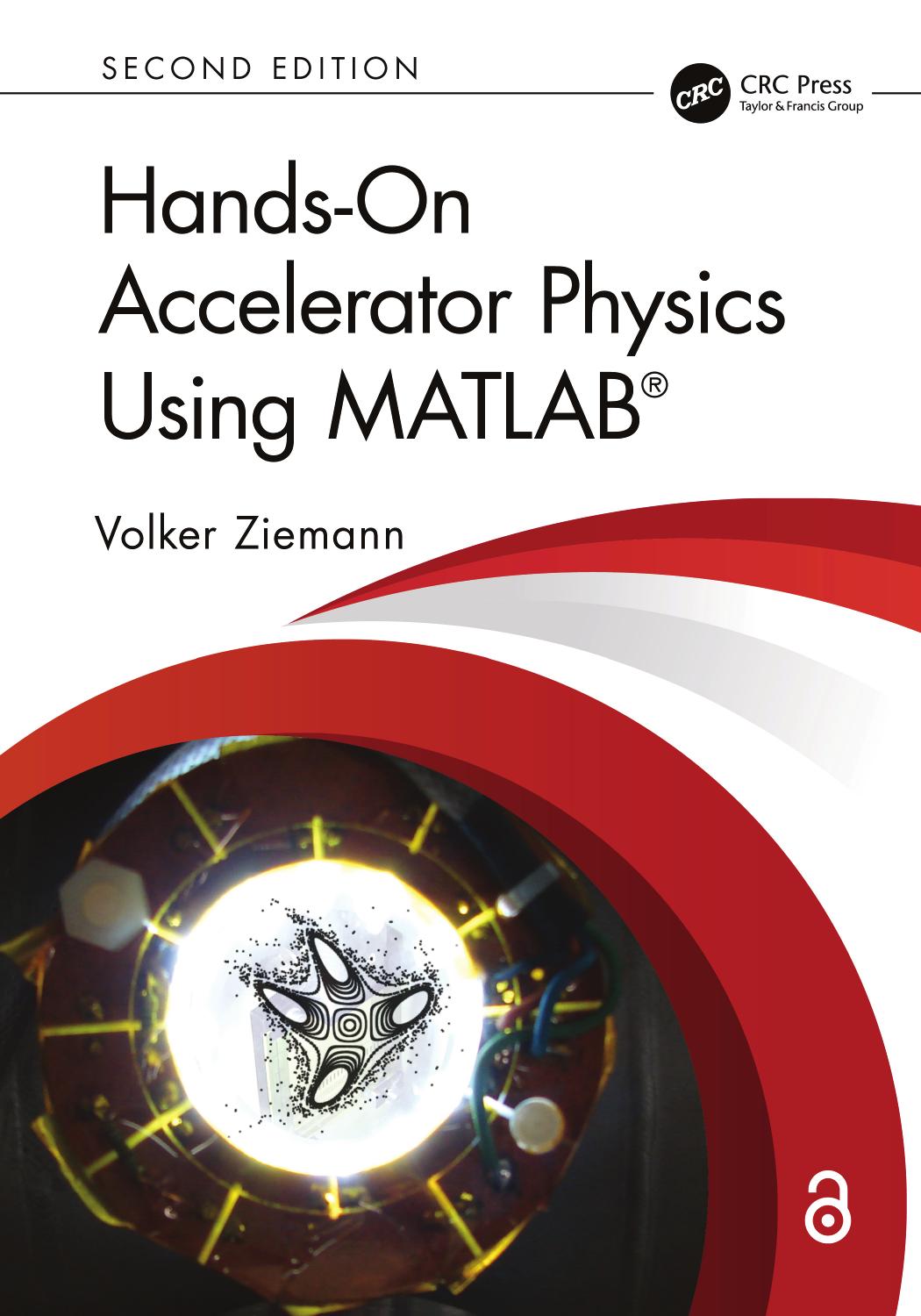Product desciption
Handson Accelerator Physics Using Matlab 2nd Edition 2nd Volker Ziemann by Volker Ziemann 9781032726960, 9781003463283, 1032726962, 1003463282 instant download after payment.
Hands-On Accelerator Physics Using MATLAB®, Second Edition, provides a broad introduction into the physics and the technology of particle accelerators from synchrotron light sources to high-energy colliders. It covers the design of beam optics, magnets, and radio-frequency systems, followed by a discussion of beam instrumentation and correction algorithms.
Later chapters deal with the interaction of beams with targets, the emission of synchrotron radiation, and intensity limitations. Chapters discussing running and future accelerators round up the presentation. Theoretical concepts and the design of key components are explained with the help of MATLAB code. Practical topics, such as beam size measurements, magnet construction and measurements, and radio-frequency measurements are explored in student labs that do not require access to an accelerator.
This unique approach provides a look at what goes on “under the hood” inside modern accelerators and presents readers with the tools to perform their independent investigations on the computer or in student labs.
This book will be of interest to graduate students, post-graduate researchers studying accelerator physics, as well as engineers entering the field. The second edition features a new chapter on future accelerators and several new sections on polarization, neutrino beams, testing of superconducting cavities, and matching in longitudinal phase space, among others.
The MATLAB code was updated to be consistent with the recent release of R2024a. All code is available from the book’s GitHub site at Key features: • Provides a broad introduction into physics of particle accelerators from synchrotron light sources to high-energy colliders. • Discusses technical subsystems, including magnets, radio-frequency engineering, instrumentation and diagnostics, correction of imperfections, control, vacuum, and cryogenics. • Illustrates key concepts with sample code in MATLAB.


